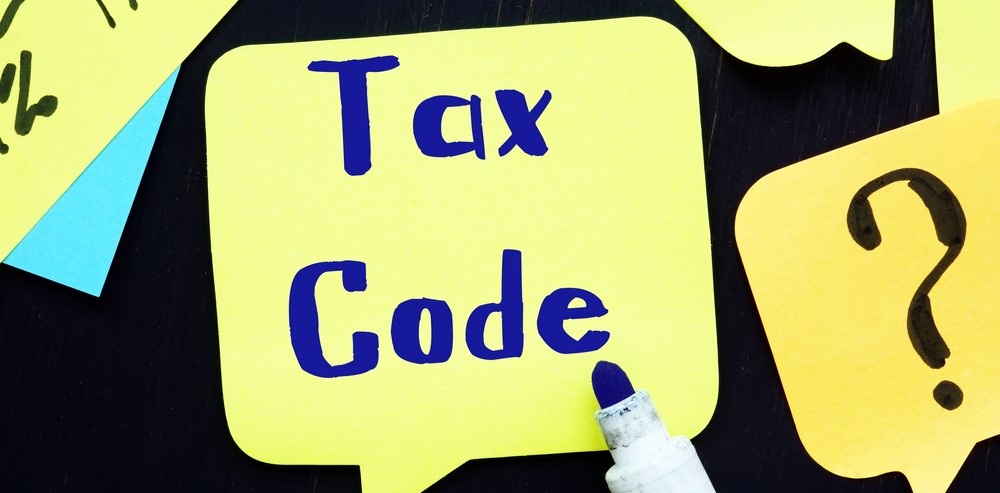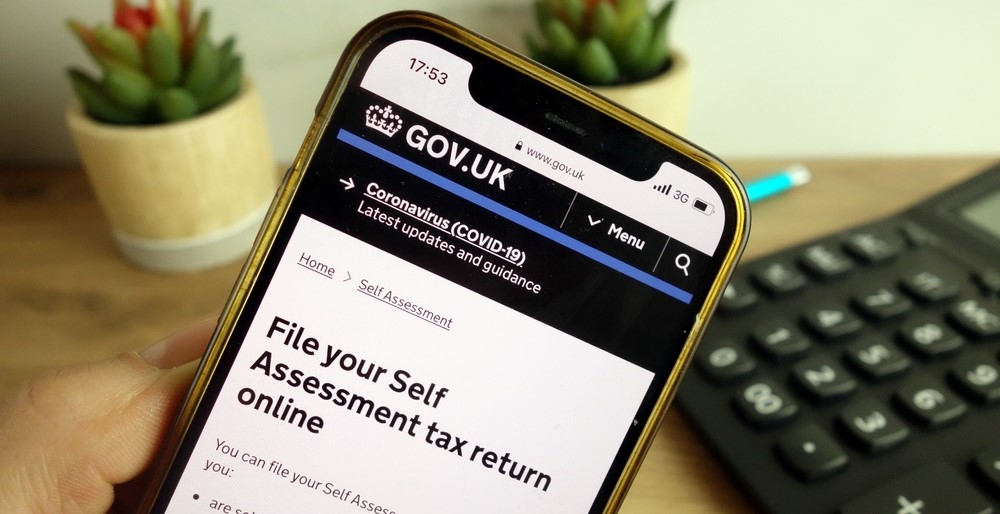
Know what your UK tax code means – and check it’s correct!
|
|
Tax codes are fundamental to the operation of PAYE and the right amount of tax will only be deducted from your pay if your tax code is correct. This blog post explains what your tax code means so you can check it’s correct – and make sure you’re paying the right amount of tax!
Understanding your tax code
Tax codes are fundamental to payroll. If your tax code is correct, you’ll pay the right amount of tax on your employment income. If your tax code isn’t right, PAYE won’t work as intended and you may find you’ve paid too much or too little tax. So, it’s important you understand your tax code – and check it’s correct!
Your tax code will normally comprise letters and numbers; however, there are a few special codes that may not follow this format.
The number
The number in your code shows the amount of tax-free income you can receive in the tax year. This will reflect both your allowances and any deductions from your allowances. The number is the net amount of allowances less deductions, without the last digit.
Examples:
👉 If you’re entitled to the standard personal allowance of £12,570 and there are no deductions from your allowances, the number element will be 1257.
👉 If you’ve received the marriage allowance from your spouse or civil partner, meaning your personal allowance has increased to £13,830, the number will be 1383.
Deductions
Amounts may be deducted from your personal allowance to allow tax on non-payrolled benefits in kind, or untaxed interest or dividends, to be collected through payroll.
Deductions may also be made from your tax code to collect underpayments of tax. For instance, this may happen if you have tax to pay under self-assessment and you opted for this to be collected through PAYE via an adjustment to your tax code.
Examples:
👉 If you’re entitled to the standard personal allowance of £12,570 and have a company car with a cash equivalent value of £5,000, your net personal allowance is £7,570 (£12,570 – £5,000) and the number element of your tax code is 757.
👉 Where you have a tax underpayment, the amount of the deduction is found by grossing up the tax that you owe at your marginal rate of tax. For instance, if you owe £1,000 and pay tax at the higher rate, the deduction in your code would be £2,500, as 40% of £2,500 is £1,000.
The letters
You may have what’s known as a ‘suffix code’, where there’s one or more letters at the front of the code. The letters indicate your personal situation and how tax is to be deducted. The following letters may be used on all UK tax codes:
- L – You’re entitled to the standard personal allowance.
- M – You received the marriage allowance from your spouse or civil partner.
- N – You have transferred the marriage allowance to your spouse or civil partner.
- T – Your tax code includes other calculations.
- 0T – Your personal allowance has been used up or you have started a new job and your new employer does not have the information they need to give you a tax code.
- BR – All income from this job or pension is taxed at the basic rate, usually where you have more than one job.
- D0 – All income from this job or pension is taxed at the higher rate, usually where you have more than one job.
- D1 – All income from this job or pension is taxed at the additional rate, usually where you have more than one job.
👉 In addition, Scottish taxpayers have an ‘S’ in their code too; for example, ‘S1257L’ or ‘SBR’. Welsh taxpayers have a ‘C’ in their code; for example, ‘CD0’.
K codes
A K code is used where deductions exceed allowances. This might be the case if you don’t receive a personal allowance because your income is more than £125,140 a year and you have deductions, for example, to tax benefits in kind.
For a K code, the number element represents ‘additional pay’ which is added to your actual pay to collect the correct amount of tax. Deductions are subject to an overriding limit of 50% of pay.
Emergency codes
PAYE is normally operated on a cumulative basis. However, there are certain situations where you may be given an emergency code which indicates that your tax is calculated non-cumulatively, referring only to your pay for that week or month.
An emergency code will end in ‘W1’ (week 1), ‘M1’ (month 1) or ‘X’ (an emergency version of the code); for example, 1257L M1.
Check your tax code
To avoid nasty surprises at the end of the tax year, check your tax code looks correct. If it doesn’t, use the HMRC app or HRMC’s Income Tax online service to tell them!
For more information tax codes…
…see https://www.gov.uk/tax-codes/what-your-tax-code-means.
Get regular access to valuable information like this from an approachable accountant…
…join The Financial Resilience Hub for Q&A sessions, weekly finance and general business tips, in-person and online workshops and access to a growing resource of bite-sized online courses available 24/7. Uncover the full membership benefits.
📢❕The information in this blog post was correct at the time of writing. Please check with your accountant for the latest information or, if you don’t have an accountant, join the Financial Resilience Hub to get access to one ours! Alternatively, keep an eye on HMRC’s website for updates.
ABOUT THE AUTHOR

Helen Monaghan is a Chartered Management Accountant, accredited NLP Practitioner & Finance Coach. Both a psychology graduate and an accountancy graduate, she has authored three business books, which beautifully bring together psychology, finance, and tax to empower the reader about money. Helen is the CEO of HM Finance Coaching & Advisory Ltd, a company that provides financial education and business mindset coaching to small businesses across the UK, in addition to accountancy services for limited companies in Scotland and across the UK. Helen is also the founder of The Financial Resilience Hub – find out how we can support you, and your business, to be financially resilient through our monthly membership.
© Helen Monaghan






Responses